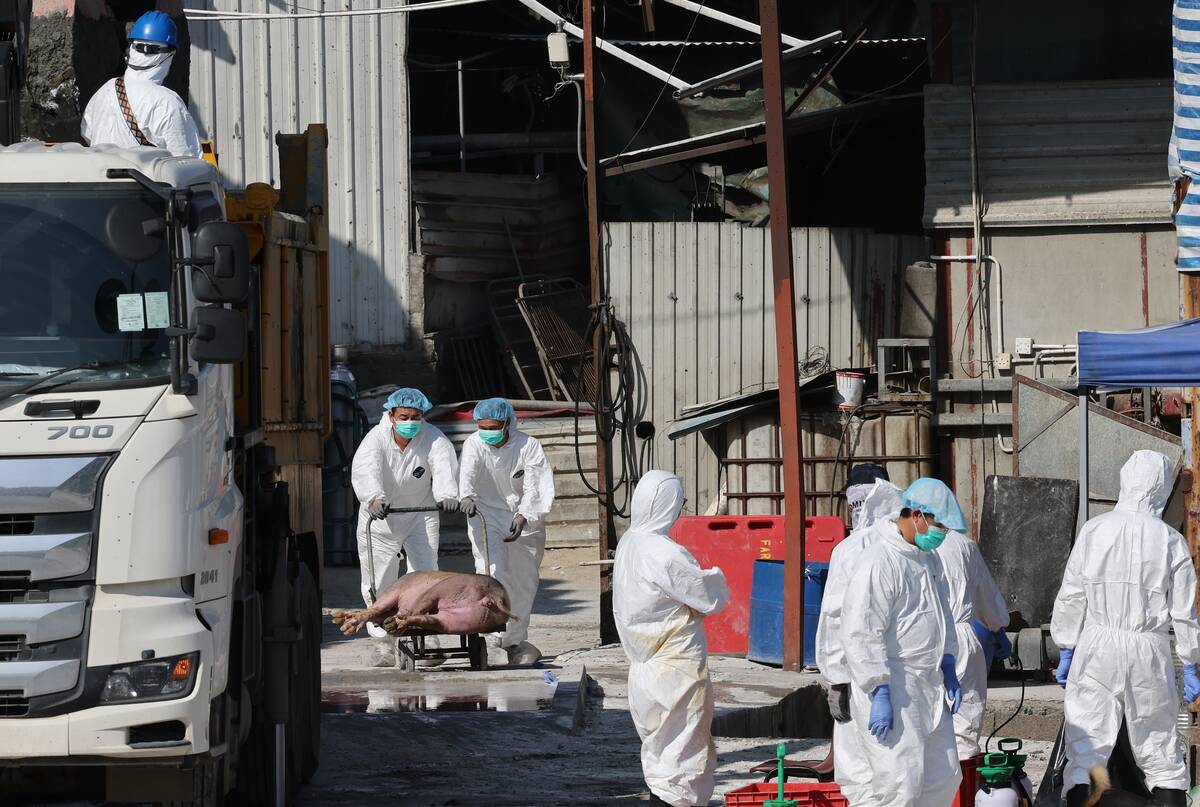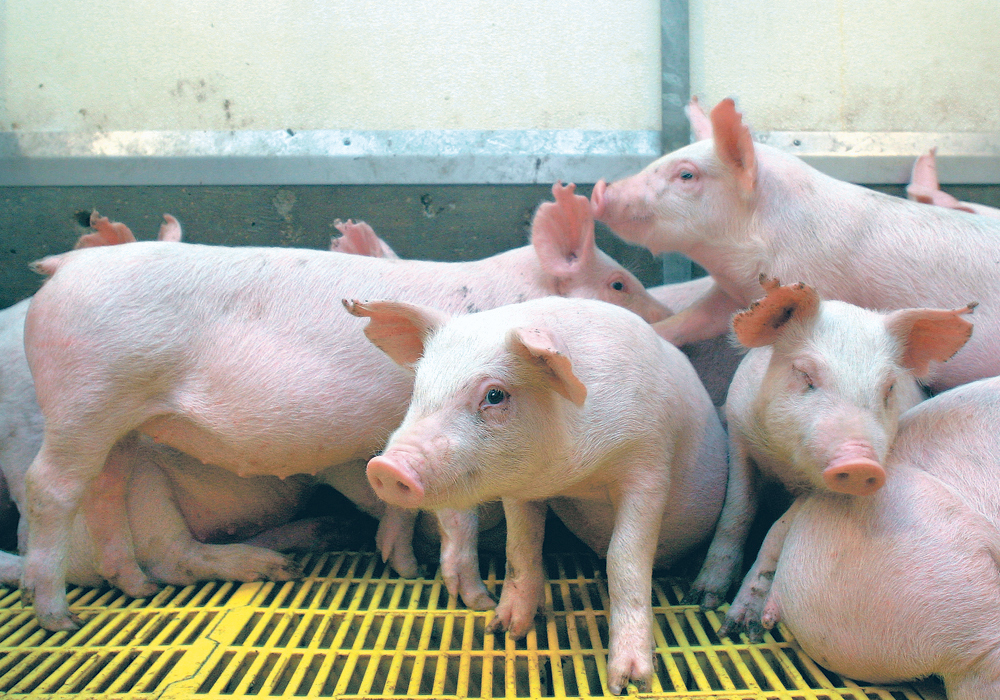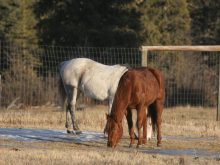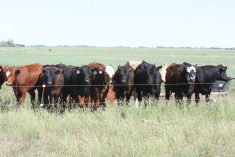Western Canadian swine farms manage many bacterial challenges by controlling what pig sources are mixed together, reducing environmental and other stressors, good nutrition and control of viral diseases that act as cofactors in many bacterial challenges.
A lot of farm bacterial challenges become repeatable, following similar patterns to previous outbreaks or challenges. Fortunately, many common bacterial pathogens found on modern pig farms are opportunistic (commensal) bugs; those present in the pig but only cause disease if we have not controlled for one of the previously mentioned factors. Given the opportunity, they will cause problems.
Read Also

Mixed results on new African swine fever vaccine
The new African swine fever vaccine still has issues, but also gave researchers insight into how virus strain impacts protection against the deadly pig disease.
Health challenges like Strep. suis meningitis, Erysipelas, Staph skin infections and many others are common to the modern pig producer. Recently, a bacterium not known to cause disease has been identified on western Canadian farms and it differs from what we have previously known.
Streptococcus equi subspecies zooepidemicus (Strep zoo) is an opportunistic bacterium that had not been identified as causing disease outside of Asia, until recently. Strep zoo has been commonly found in horses, cattle, sheep, dogs, humans and many other mammals.
This bacterium is closely related to the Strep. equi subspecies equi, which causes a disease known as strangles in horses. As a commensal organism, Strep zoo commonly lives in the upper respiratory tract, the nose and throat, and reproductive tract of pigs.
A few years ago, a few sow farms in Manitoba, which had common replacement gilt sourcing, had sudden onset of high gilt and sow mortality. Subsequently, an assembly yard in Canada and a few in the United States, which had also received cull sows from these sites, observed mortality in some groups of recently received animals.
Through quick and aggressive biosecurity measures, the infections had been limited to those five farms in Manitoba until recently, when a case was diagnosed in central Alberta.
The clinical signs and lesions of Strep. zoo resemble severe versions of many other pig diseases, including Strep suis and other septicemia causing bacteria, as well as some serious reportable diseases like African swine fever, classical swine fever, and pseudorabies.
This makes diagnosis reliant on diagnostic sampling and testing at a diagnostic laboratory.
Another interesting finding is that infections favour older animals. Piglets and young stock are relatively unaffected, despite being positive for the bacteria. As pigs age, clinical signs including high fever, lethargy, reluctance to rise and eventual death increase significantly from four months of age and older. Post-mortem findings are severe, often involving multiple organs.
Severe pulmonary edema (fluid on the lungs), gallbladder edema and very large lymph nodes are common findings. Less common, but still remarkable, are large spleens and lesions on kidneys, hearts and livers.
It has been reported that the stages of disease can occur quickly from early signs to death. Pens of gilts and sows that appeared healthy in the morning can have several sows die by the end of the workday.
Commensal organisms can be triggered to cause disease by factors like extra or sudden stressors. With Strep zoo, sorting and transporting market animals and replacement gilts is enough stress to trigger clinical cases in affected herds.
Fortunately, these severe cases are manageable through the strategic use of antibiotics, such as penicillin and ceftiofur, where clinical signs and losses can be quickly minimized.
While immunity is not well understood after exposure to Strep zoo, it appears that long-term protection does not develop quickly, and once antibiotics are removed from affected groups, clinical signs can reappear.
Likewise, custom vaccines have not yielded great success. In the absence of long-term tools for managing this new disease, most farms have elected to depopulate the herd and restock with unaffected animals. This requires a very thorough cleaning and disinfection program before new animals are introduced.
Beyond the significant impact to animal health and welfare, and the economic impact of this disease to the farm, another consideration is the animal-to-human infection potential that many similar Strep organisms possess. Farm workers in affected herds must take precautions with personal protective equipment to prevent potential human infections, and to date, no known human cases have occurred in Canada.
Fortunately, the transmission rate of this new disease appears low, with few farms affected. While a significant health impactor to those affected farms, standard transport sanitation and transport biosecurity practices, in addition to sound barn biosecurity, have prevented the spread.
Research into infection, biocontainment, transmission and prevention are ongoing.
Blaine Tully is a veterinarian and owner of Swine Health Professionals Ltd. in Steinbach, Man.















